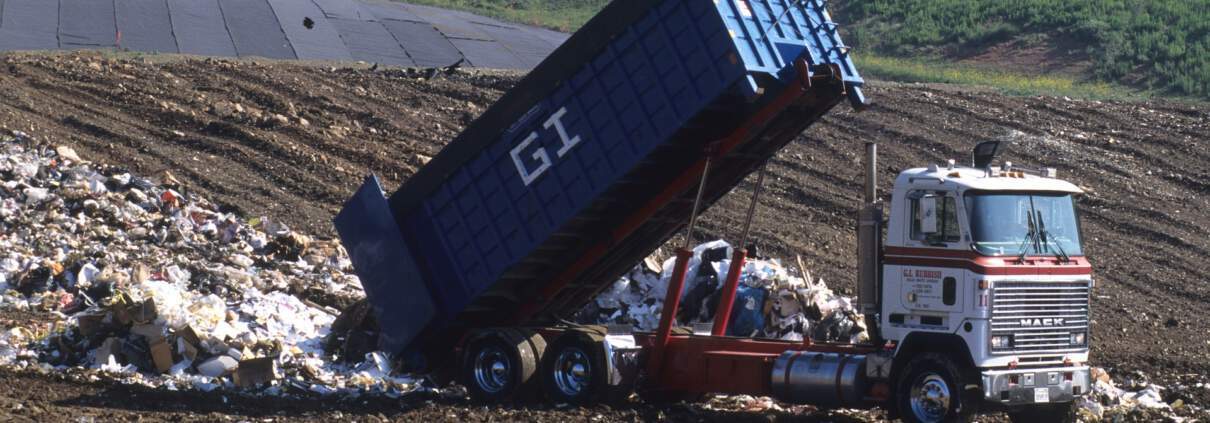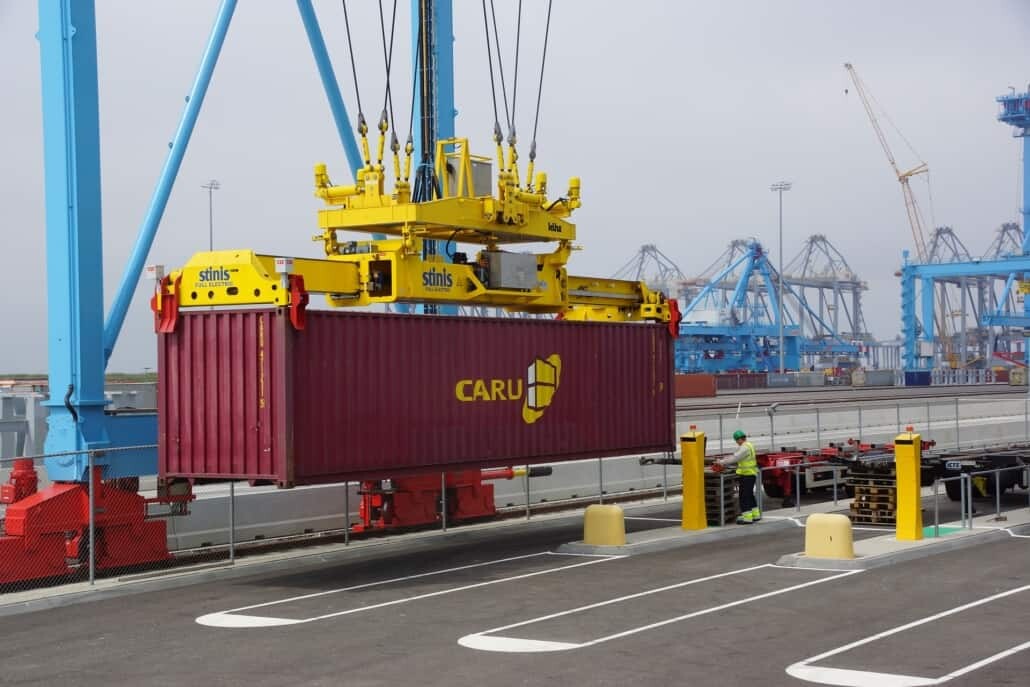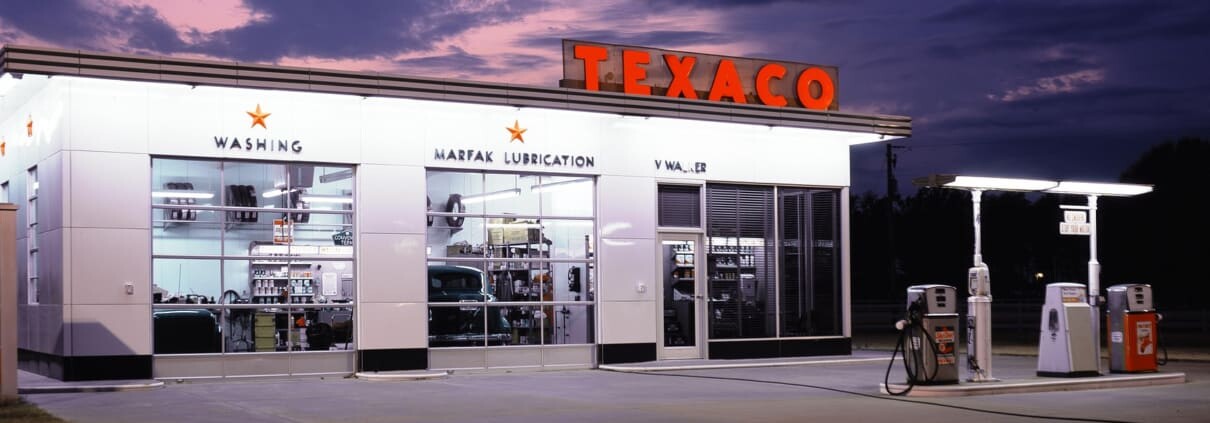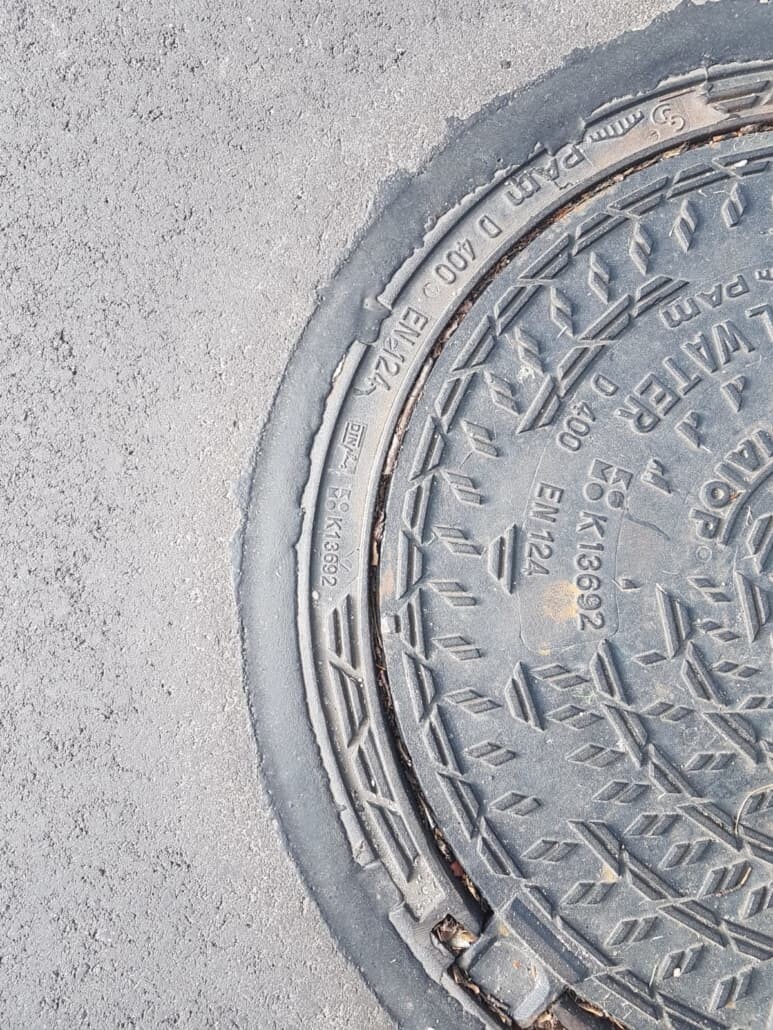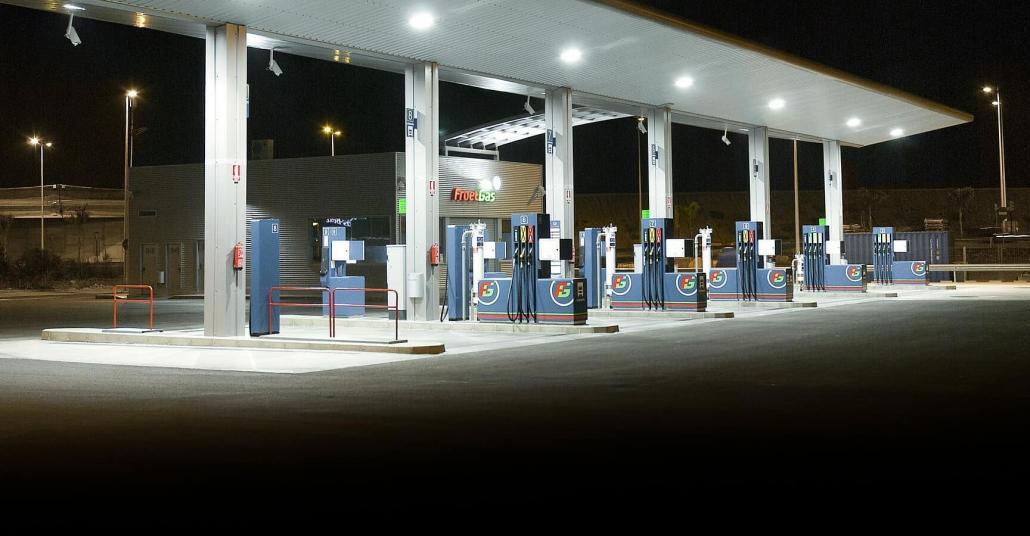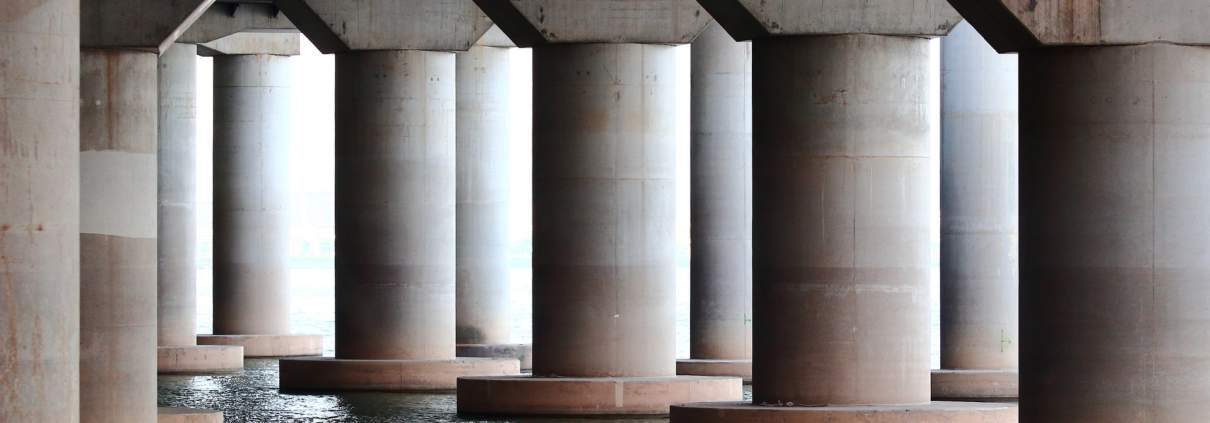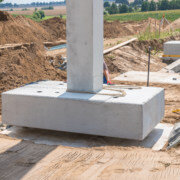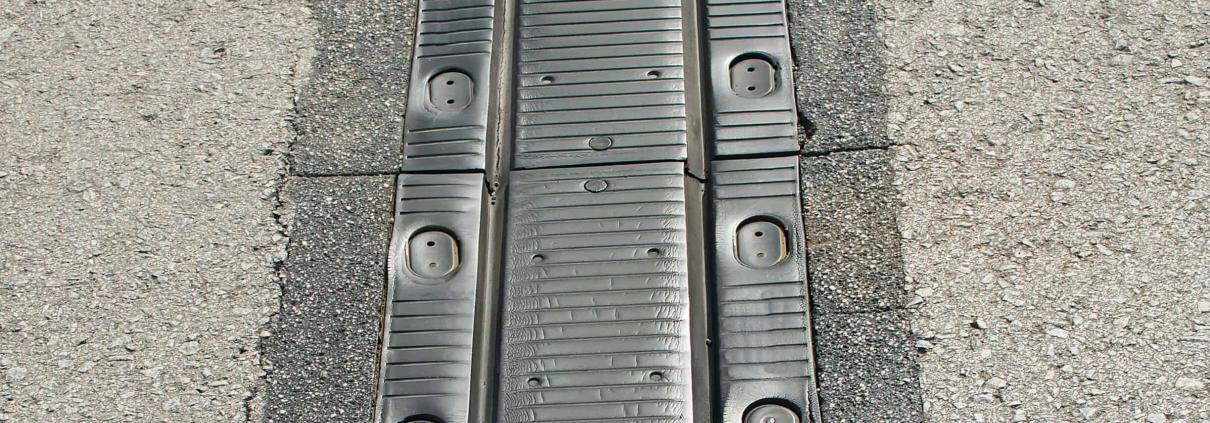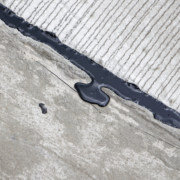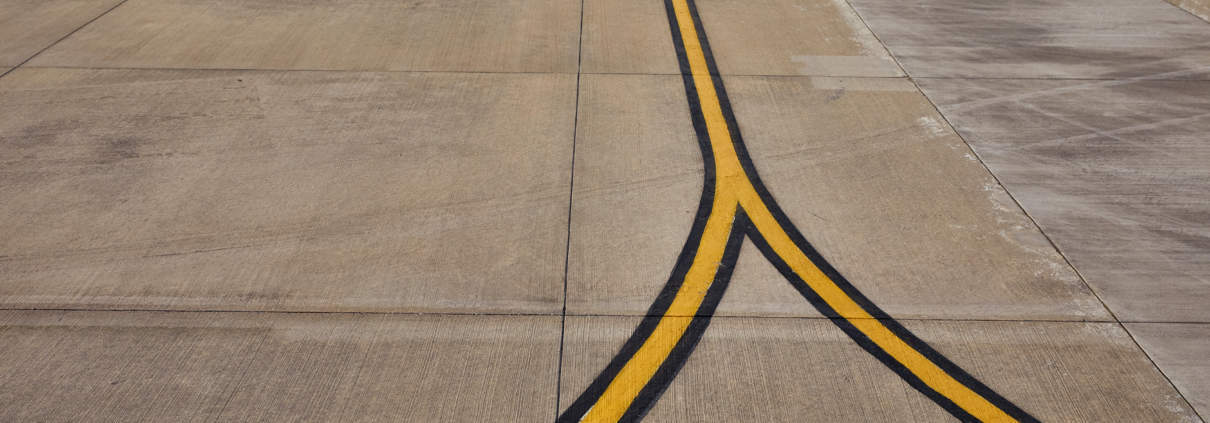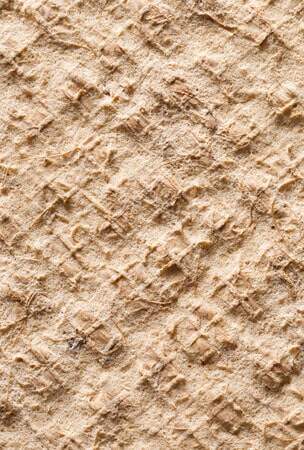
True eco-friendly latex polymer replacement
Latex has been a household name for decades. It is appreciated in various industries for its properties, and used for a wide variety of products, coatings, sealants, and adhesives. Many everyday products now are made of or contain latex. Its uses are nearly limitless: binders for fabrics, fibers and cords; the main ingredient in coatings for walls, ceilings, paper; adhesives for back-sizing carpets and rugs; sealants for construction work, and countless others.
Many industries rely on latex’s distinct properties. Unfortunately, there is a downside to its many upsides: it isn’t a very eco-friendly material. The additives are to blame, really.
Practically all latex products are laced with a range of substances to enhance certain qualities. Chemicals, plasticines, accelerators, dispersions; all kinds of processes and additives are used to enhance latex performance and durability. Good for the industry and consumers, not so much for our planet.
Ready for the good news?
Let’s stick to latex adhesives for now. The carpet industry uses them as a binder. They are used as a secondary backing to keep fibers and backing firmly joined. At the same time, they add stiffness and bounce to carpets and rugs, while also providing grip on slick surfaces, like tiles or wooden floors. Nice and safe!
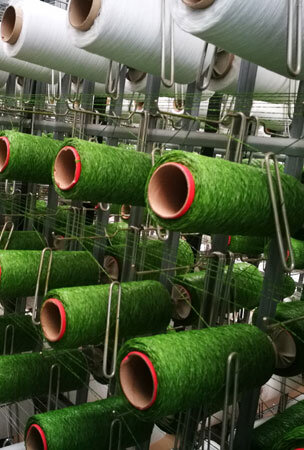
In a similar fashion, the artificial grass and artificial turf systems industry uses latex adhesives to fixate the artificial grass fibers that are woven through the carpet backing. Their adhesives are much more rugged and resistant to any kind of weather, athletes’ shoes and other abuse, and still last for years.
Modern latex adhesives do the job well, but while real grass can be composted to degrade into organic fertilizer, artificial grass systems can’t. These are currently recyclable at best, but they need costly and time-consuming separation and recycling. Compostable or even bio-degradable? No, generally they’re not.
Good news after all. Latex looks best in green.
Click here to find out why.
An increasing number of components of artificial grass and turf systems are now eco-friendly, bio-degradable, compostable even. Still, latex adhesives are the one factor that keeps these systems from being completely compostable.
A leading polymer technology firm has recently developed a fully compostable latex adhesive. A product that is just as weather-resistant and able to withstand abuse by pro athletes or gardening aficionados.
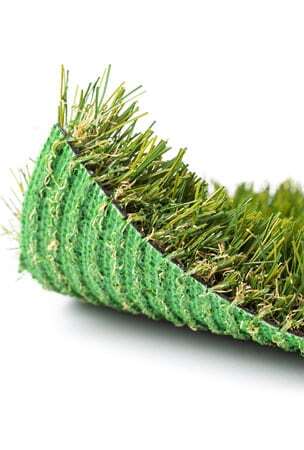
So far, the missing finishing touch was a fully compostable latex adhesive with the same properties as the old stuff. This now, is no longer a fantasy.
Just think of the products that finally can be made completely compostable due to this innovative adhesive:
- Fully compostable artificial turf sports fields
- Fully compostable carpets made from natural fibers, but now with a compostable latex backing:
- Sisal fiber
- Seagrass
- Coconut fiber
- Wool
- Cotton
The need for durability and eco-friendly components is not limited to carpets and artificial grass. This new polymer latex replacement can also benefit your area of expertise!
Contact us and you could be the first in your industry to take advantage of this new material. Jump the gun and beat your competitors!


